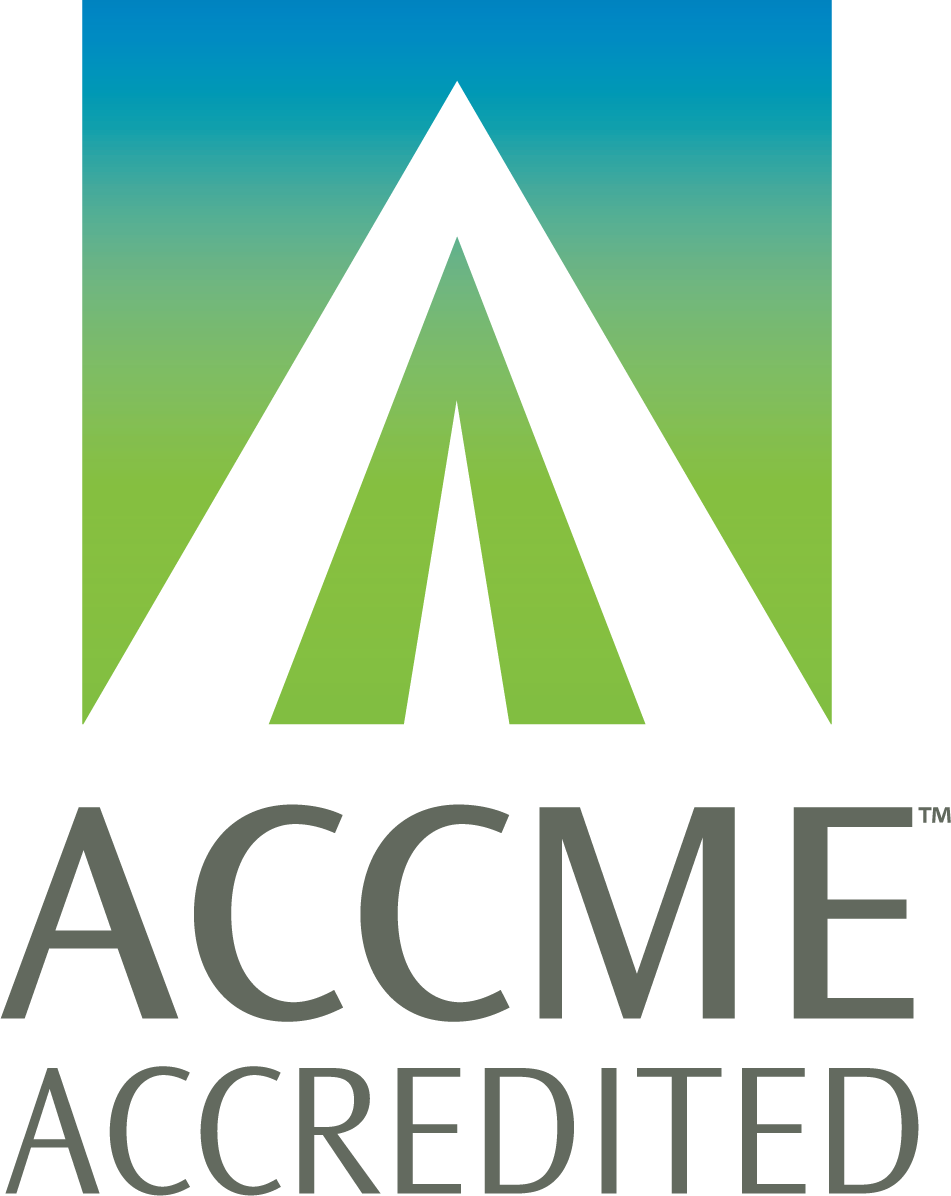 Video Courses
Video Courses Video Courses
Video Courses
In this course, we show you how analysis of the PaO2 in the context of the A-a gradient can help you avoid critical errors in clinical practice. In order to adopt this approach to arterial blood gas (ABG) analysis, certain concepts must first be understood. We begin by explaining how, in response to CO2 produced during metabolism, brainstem centres control the level of alveolar ventilation. We explain how this establishes a strict relationship between the fraction of inspired oxygen (FiO2), the PaO2, the arterial partial pressure of CO2 (PaCO2) and the partial pressure of oxygen in the alveoli (PAO2). We show you how the relationship between these key parameters is described by the alveolar gas equation. We teach you how to use this equation to calculate the PAO2 and the actual A-a gradient present in a patient based on values reported on the ABG. We explain the nature of, and factors contributing to the normal A-a gradient. You will learn how to calculate the predicted appropriate A-a gradient for a patient of a given age on a given level of inspired oxygen. In a series of case studies, we then illustrate how an understanding of the A-a gradient helps us avoid misdiagnosis in practice and allows us to detect problems in patients on oxygen therapy. We also explain two important, commonly misused terms in respiratory medicine, hypoventilation and hyperventilation. We explain the difference between, and the identification of type I and type II respiratory failure.
Planner and Author: Dr John Seery MB PhD
Planner: Dr Karen Strahan PhD (University of Cambridge), Head of Editorial
Planner: Tommy O'Sullivan, CME Manager
2.0 hours
Upon successful completion of this activity, you will be able to:
30-JUL-2023
30-JUL-2026
Participants must complete the online activity during the valid period as noted above.
Follow these steps:
Acadoodle adheres to the ACCME's Standards for Integrity and Independence in Accredited Continuing Education. Any individuals in a position to control the content of a CE activity, including faculty, planners, reviewers or others are required to disclose all relevant financial relationships with ineligible entities (commercial interests). All relevant conflicts of interest have been mitigated prior to the commencement of the activity.
Planners and faculty for this activity have no relevant financial relationships with commercial interests to disclose.
Curran-Everett D. A Classic learning opportunity from Fenn, Rahn and Otis (1946): the alveolar gas equation. Advan Physiol Educ. 2006:30(2):58-62.
https://doi.org/10.1152/advan.00076.2005
Albert TJ and Swenson ER. Circumstances when arterial blood gas analysis can lead us astray. Resp Care. 2016;61(1):119-21.
http://rc.rcjournal.com/content/61/1/119/tab-pdf
Dempsey JA and Smith CA. Pathophysiology of human ventilatory control. Eur Respir J. 2014;44(2):495-512.
https://www.ncbi.nlm.nih.gov/pmc/articles/PMC4578297/pdf/nihms718575.pdf
Sue DY. Treating hypoxemia with supplemental oxygen. Same game, different rules. Ann Am Thorac Soc. 2016;13(12): 2266-71.
https://www.atsjournals.org/doi/10.1513/AnnalsATS.201606-441CC
Sue DY. Treating Hypoxemia with Supplemental Oxygen. Same Game, Different Rules. Ann Am Thor Soc. 2016;13(12):2266-71.
https://www.atsjournals.org/doi/10.1513/AnnalsATS.201606-441CC

Acadoodle, Ltd is accredited by the Accreditation Council for Continuing Medical Education (ACCME) to provide continuing medical education for physicians.
Acadoodle, Ltd designates this enduring material activity for a maximum of 2.0 AMA PRA Category 1 Credits™. Physicians should claim only the credit commensurate with the extent of their participation in the activity.
DisclaimerPrivacy PolicyTerms of UseData Deletion© Acadoodle 2026